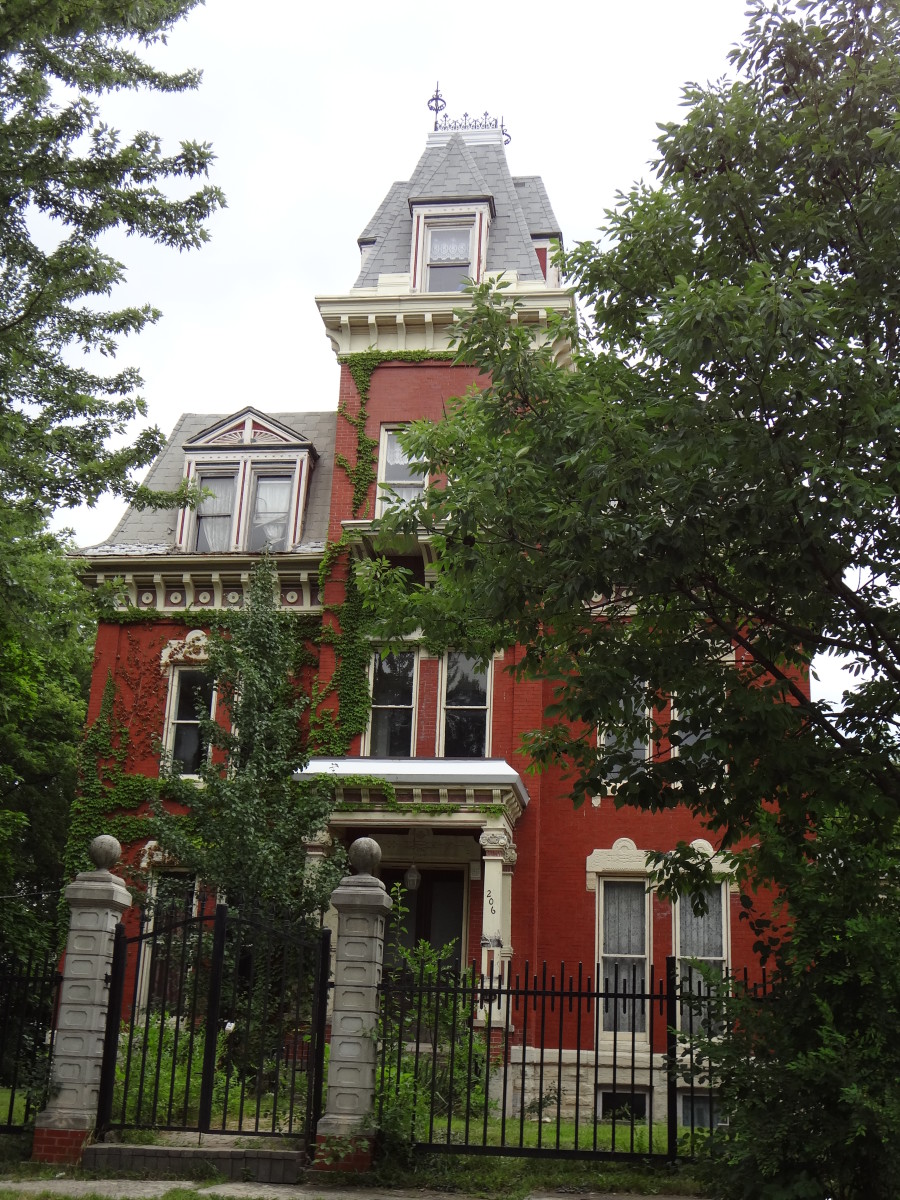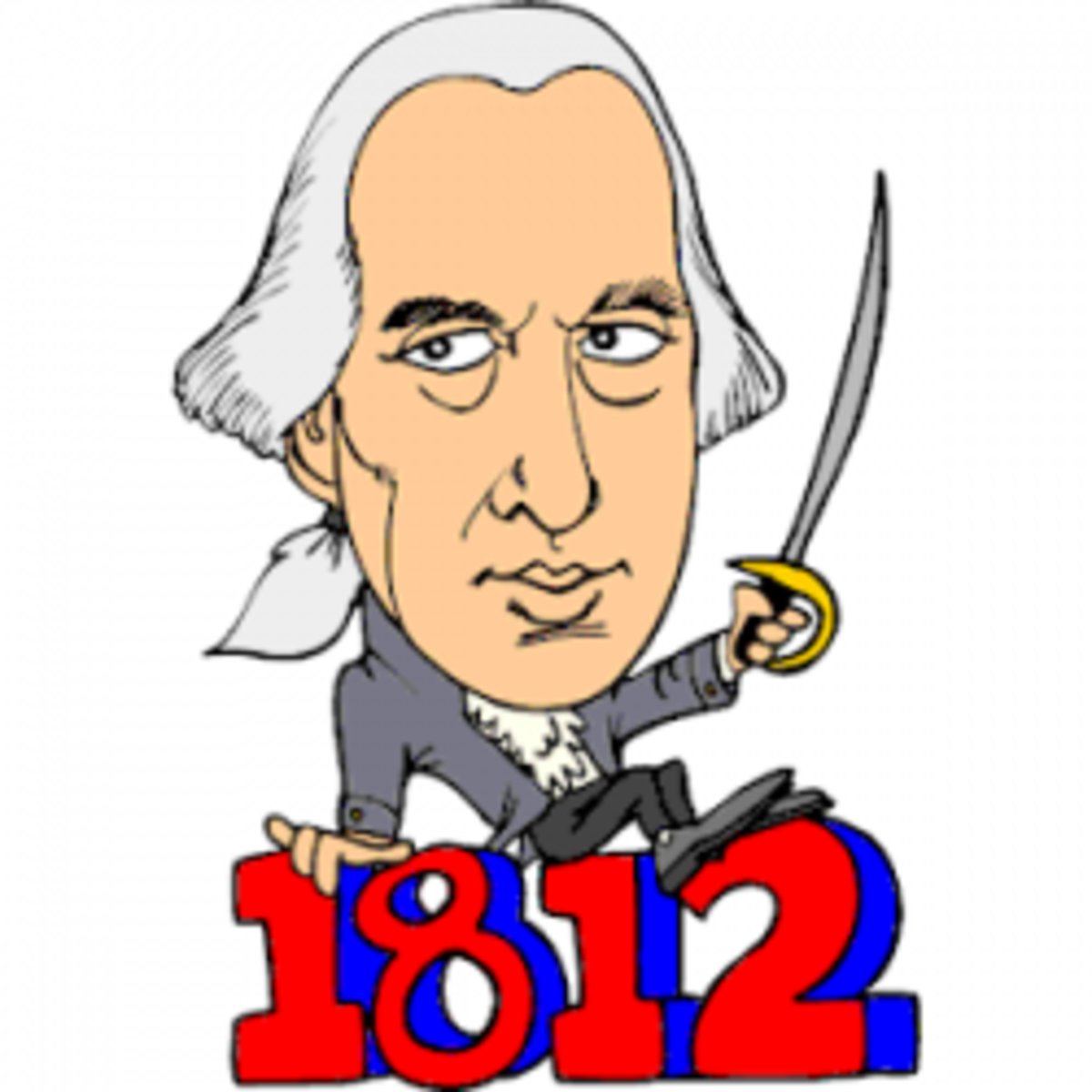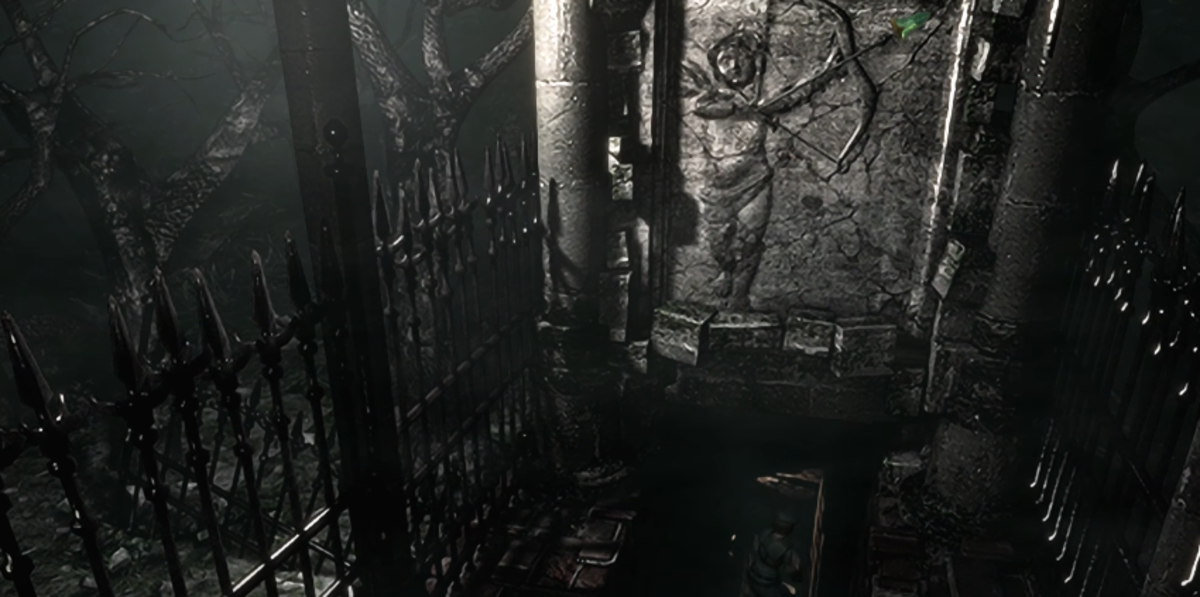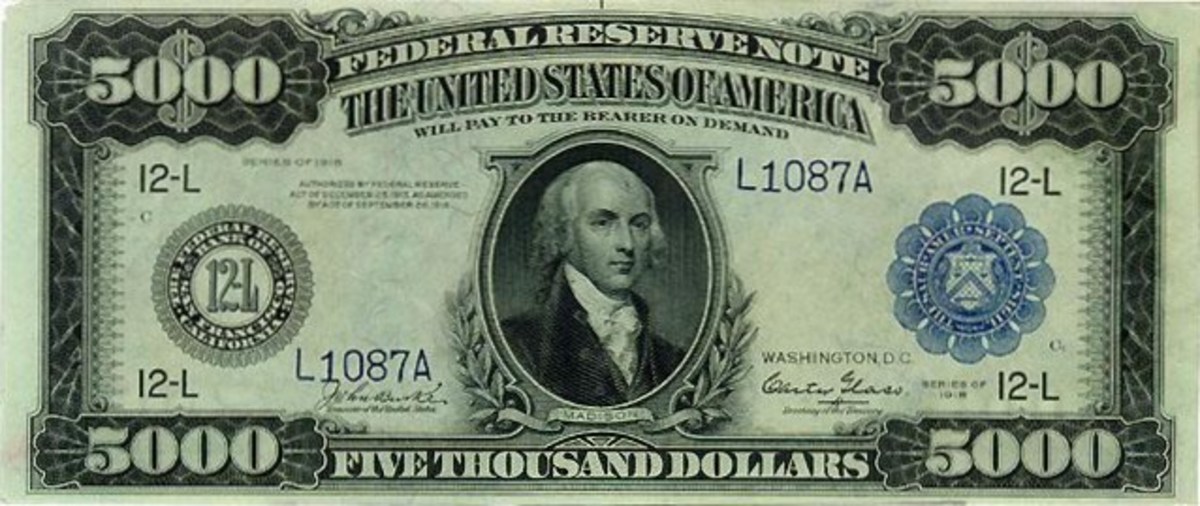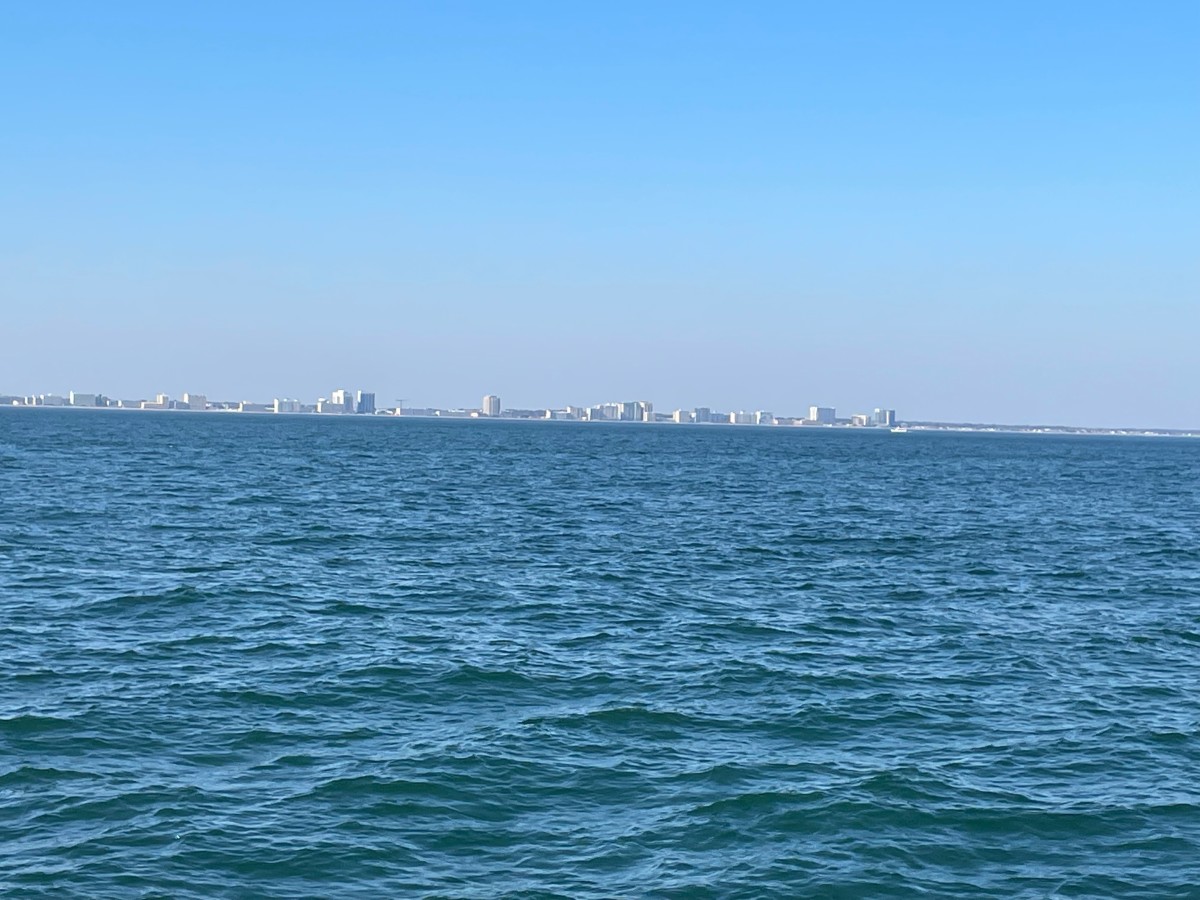- HubPages»
- Travel and Places»
- Visiting North America»
- United States
Exploring Virginia: James Madison's Montpelier
Nestled in the foothills of the Blue Ridge Mountains is the historic home of the 4th president of the United States, James Madison. Open to the public, the newly restored home and grounds are a must-see for visitors and residents of Northern Virginia.
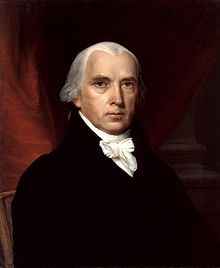
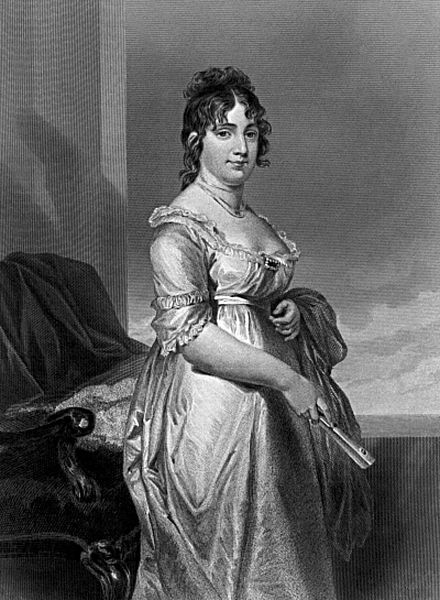
At Home with the Madisons
James Madison was one of the most important founding fathers of the United States. In addition to serving as the 4th president of the United States, he was also the author of the U.S. Constitution and the Bill of Rights, and responsible for organizing the Constitutional Conventions that made these documents law. Madison was a short, small man who loved books, writing and philosophy. He was Thomas Jefferson's best friend and played a large part in securing Jefferson's election, as well as George Washington's election. Under Jefferson he served as Secretary of State and initiated the Louisiana Purchase. During his own presidency Madison faced the country's first war, the war of 1812, and proved that a democracy could wage and win war without suspending the freedoms of it's residents.
Dolley Madison, James Madison's wife, was also an important figure. A Quaker widow with a young son, she was courted by Madison through friends as he was too shy to approach this vivacious beauty himself. The Madisons were the first residents of the White House, and Dolley's tenure as First Lady set the precedent for how a First Lady should behave - with great class and kindness but not like a queen. Dolley was responsible for saving many treasures in the White House before it was burned by the British army in 1814, including the famous portrait of George Washington by Gilbert Stuart. Fashionable and charming, her presence as James' wife was an integral part of his presidency.
James Madison was raised on the plantation at Montpelier, and owned a large community of African-American slaves. Not much is known about the treatment of the slaves at Montpelier but archaeological evidence shows that they lived close to the main house and were provided with their own cemetery. Paul Jennings, a long time manservant to the Madisons was later owned and freed by Daniel Webster and he had many positive things to say about James and Dolley - but the fact remains that the Madisons were not abolitionists and they did believe in the continuance of the institution of slavery.
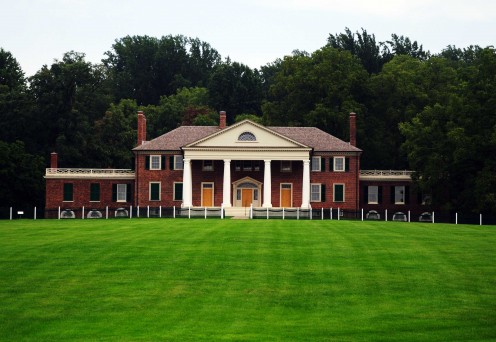
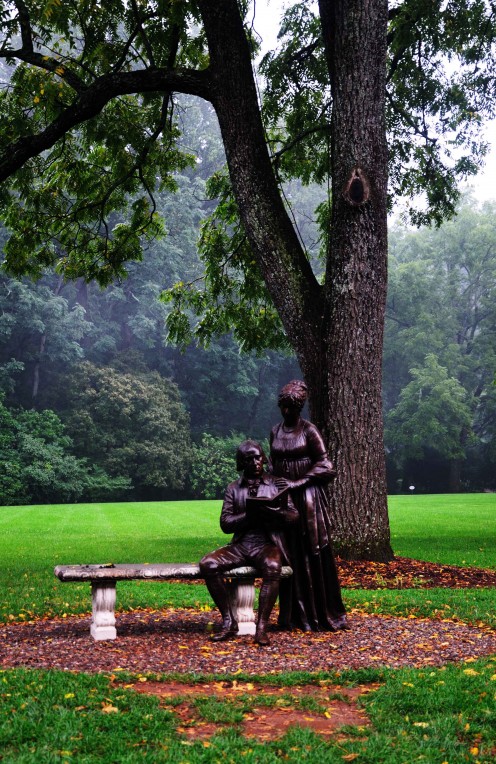
Montpelier, the Mansion
Montpelier was Madison's tobacco plantation, located near the town of Orange, VA. The mansion building was constructed by Madison's father, James Sr., and additions were added by the president twice in his lifetime. The current incarnation is the mansion as it was when Madison retired.
Constructed of brick, the main part of the building is two stories, with an east and west portico to either side. Madison, with help from Jefferson, engineered several conveniences into the house such as windows that slide into the casement to allow air flow to cool the house in the summer, and shorter, wider stairs that were easier for Dolley to climb with arthritic knees. The roofs of each portico were bordered with Chinese railings creating an outdoor terrace that looked out on the dramatic Blue Ridge Mountains to the west and a thick forest to the east. The mansion tour explains in detail what each room in the house was used for and also shows where Madison wrote the Constitution, and where he died.
After Madison's death the family fell on hard times. Dolley left the care of the estate to her son Payne Todd, whose mismanagment and alcoholism necessitated selling most of their possessions and then Montpelier itself. In 1901 the duPont familiy purchased the plantation and added 33 rooms to the original building. A fan of race horses, the duPonts also added race track, stables and horse paths throughout the grounds. In 1983 the house was left to the National Trust and a $24 million dollar restoration began in 2000. The duPont's additions were removed and the house restored to the era of the Madison's retirement, using archaelogical evidence and historical documents as a guide. The artifacts and furnishings in the house have been painstakingly recollected from where they had been sold and efforts are ongoing to acquire as many Madison possessions as possible.
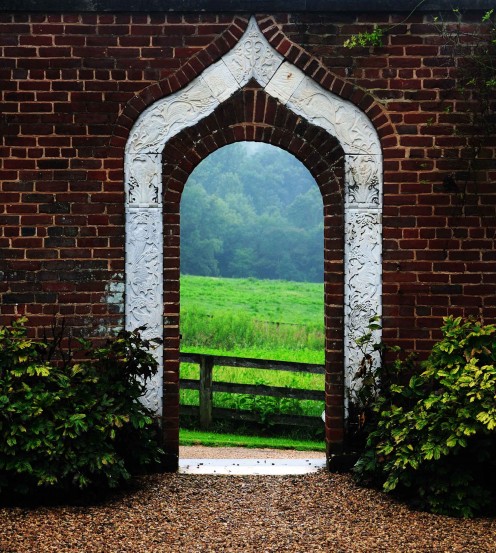
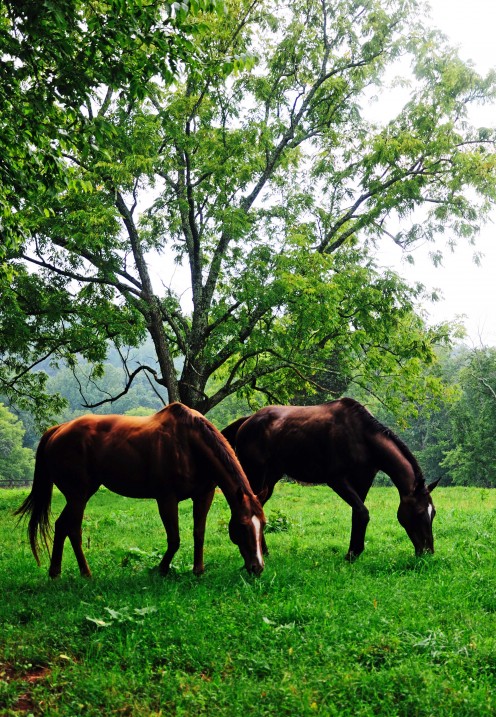
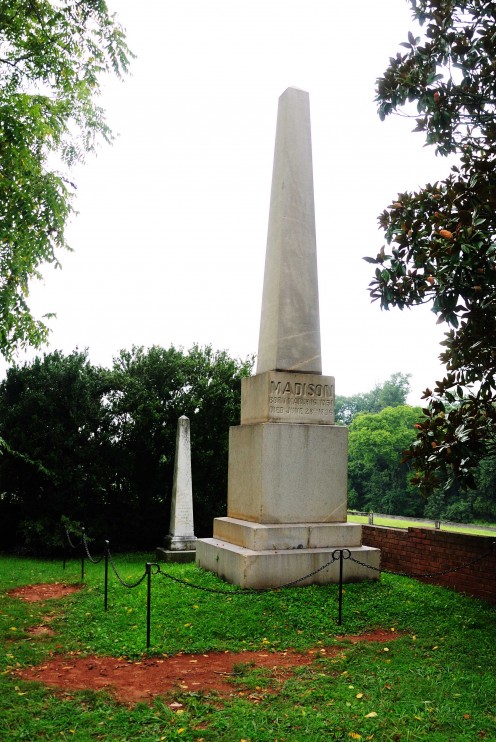
The Grounds
Aside from the mansion tour there is much to be seen at Montpelier:
- Visitor's Center with exhibition spaces, gift shop and cafeteria
- Hands-on Tent and Cooking exhibit
- Annie duPont Formal Garden
- Archaeological lab and display with hands-on displays
- Madison Family Cemetery and Slave Cemetery
- Farm Complex and Thoroughbred Racing Retirement Stables
- James Madison Landmark Forest
- 1910 Train Depot
Montpelier offers both a guided tour of the mansion and a self-guided audio tour. Hands-on exhibits for adults and children are offered in most buildings and in tents on the grounds. A short walking path runs through the forest and there are horse trails throughout the plantation.
Travel Information
Montpelier is open every day except Thanksgiving and Christmas.
- November to March - 9 am to 4 pm
- April to October - 9 am to 5 pm
- Other activities on the grounds start at 9:30 or 10 am and may end earlier than closing.
Admission
- Adults: $16
- Children 6-14: $8
- Children under 6: No charge
- Friends of Montpelier: No charge
- National Trust Members: $8
- Special Adult and Children tours and tours for large groups are also available.
Rules
- No food, drink or photography inside the mansion
- Leashed dogs allowed outdoors, service animals only inside buildings
- Yield to horses on the property
- Smoking permitted only in designated areas

